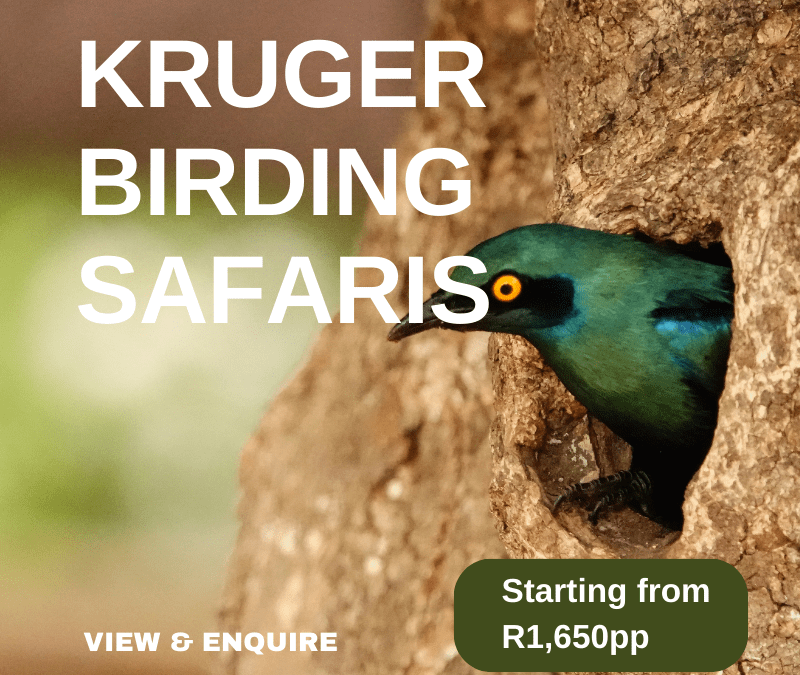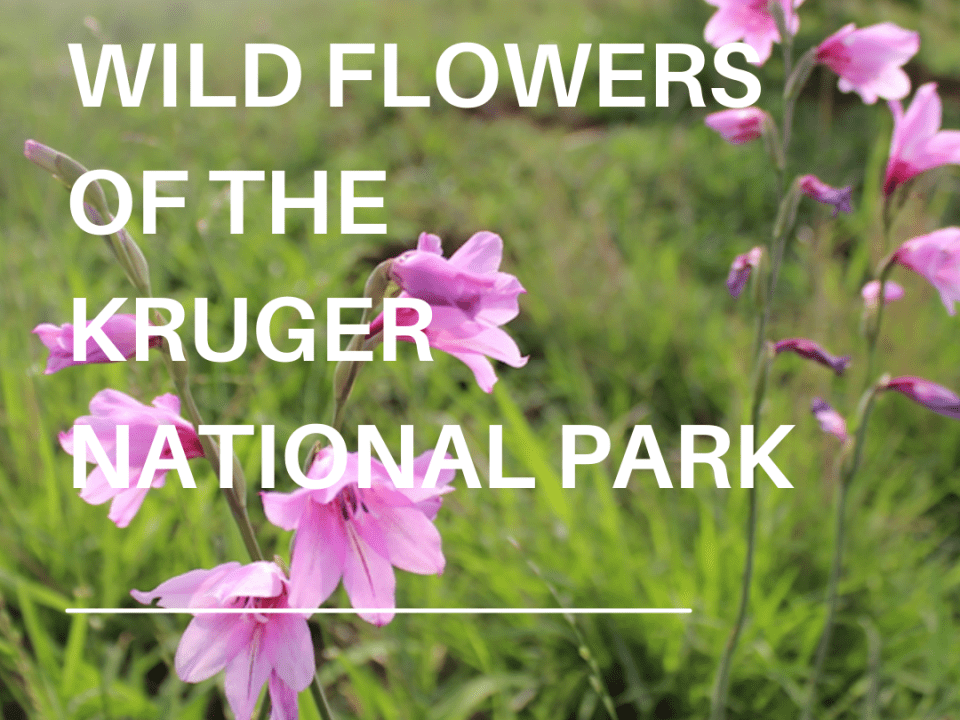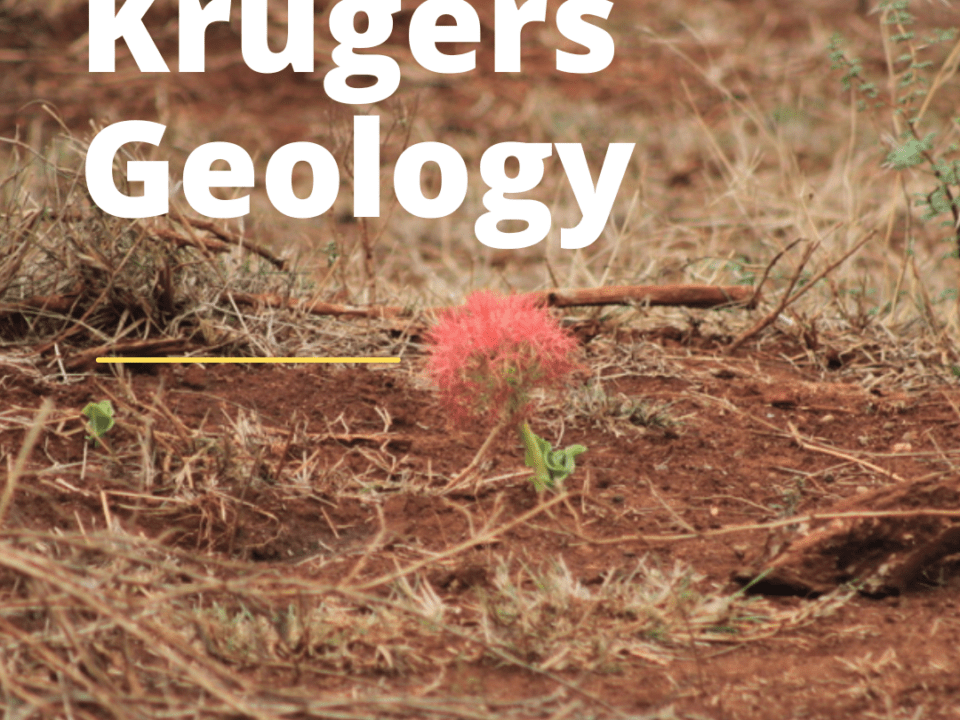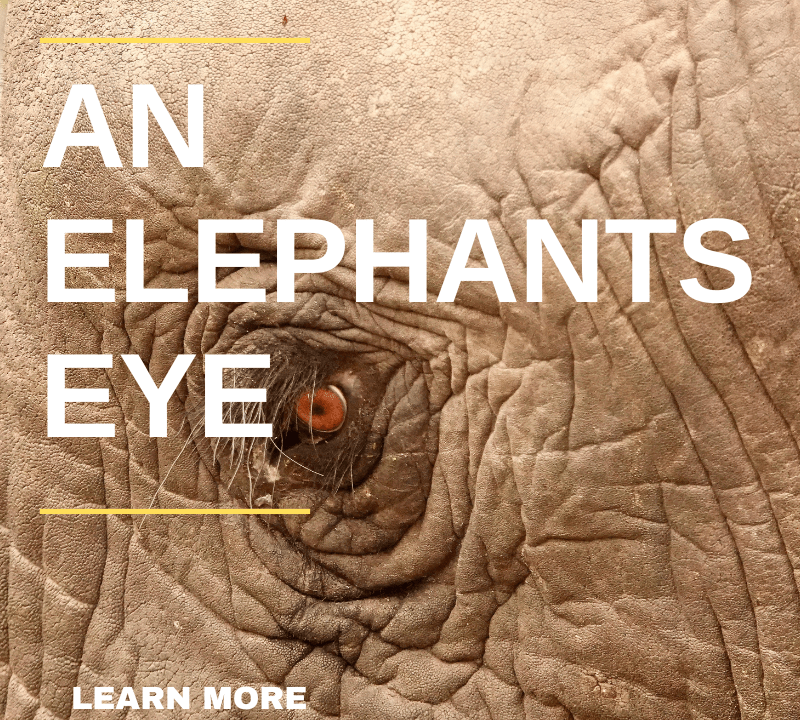
Kruger Birding Safari Trip Report (August 2023 – February 2024)
Introduction: Our birding safari adventures in Kruger National Park spanned over six months, from August 2023 to February 2024. With a total of 12 tours, each lasting an average of 5 days, our expedition was meticulously planned to coincide with the arrival of migratory birds, providing an unparalleled birding experience.
Tour Overview: The birding tours were conducted with a focus on various regions within Kruger, exploring the diverse habitats that make this park a haven for avian enthusiasts. Each tour promised an average delivery of 190 to 220 bird species, showcasing the rich biodiversity of Kruger National Park.
Camps and Accommodations: Our base camps at Skukuza and Satara provided a perfect blend of comfort and proximity to prime birding locations. Nestled within the heart of Kruger, these camps allowed us to immerse ourselves in the wilderness while enjoying the necessary amenities for a rejuvenating stay.
For detailed checklists click here
Key Species Highlights:
- Capped Wheatear: Throughout the tours, the distinctive black crown of the Capped Wheatear was a common sight, adding a splash of color to the landscape.
- Kori Bustard: The majestic Kori Bustard, with its impressive size and elegant plumage, graced our sightings, captivating the group with its grandeur.
- Secretary Bird: A true icon of the savannah, the Secretary Bird’s striking appearance and deliberate movements were a highlight, leaving a lasting impression on our birding adventures.
- Southern Ground Hornbill: The haunting call of the Southern Ground Hornbill echoed through the Kruger air, creating an unforgettable soundtrack to our birding pursuits.
- African Finfoot: Encountering the elusive African Finfoot in its natural habitat added an air of mystery and excitement to our birding tours.
- Caspian Plover: The Caspian Plover, a migratory visitor, made periodic appearances, showcasing the global connections of Kruger’s avian population.
Special Observations:
- European Rollers: Notably, the arrival of European Rollers was delayed with first arrivals only in early December noted as opposed to late October.
- Gray Backed Sparrow Larks: An unexpected and fascinating observation was the unusual presence of large numbers of Gray-Backed Sparrow Larks on the eastern side of the park. This phenomenon sparked discussions among our birding enthusiasts, underlining the dynamic nature of Kruger’s avian community.
Diversity: Kruger is home to over 500 bird species, making it a paradise for ornithologists, bird watchers, and nature enthusiasts alike. The park’s birdlife encompasses a broad spectrum of sizes, colors, and habitats, ensuring a captivating experience for visitors with varying interests.
Endemics and Migrants: Among Kruger’s bird species, one can find both resident and migratory birds. Notable resident species include the Southern Ground Hornbill, Lilac-breasted Roller, and the Kori Bustard. Migrants, such as European Rollers and Caspian Plovers, add seasonal diversity to the park’s avifauna, with their arrivals eagerly anticipated by birding enthusiasts.
Conclusion: Our birding safari in Kruger National Park was a journey filled with awe-inspiring moments and a deep appreciation for the diverse birdlife that calls this iconic park home. From the iconic species to the unexpected sightings, each tour was a testament to the beauty and complexity of nature, leaving us with memories that will linger for a lifetime.
Kruger National Park is home to several endemic and near-endemic bird species, including:
- Southern Ground Hornbill (Endemic): Found primarily in southern Africa, including Kruger National Park.
- Kori Bustard (Near-endemic): While not exclusive to Kruger, it is widespread in the park and the surrounding region.
- Saddle-billed Stork (Near-endemic): Although not limited to Kruger, it is commonly seen in the park and the broader area.
- Pels Fishing Owl (Near-endemic): The park is one of the key areas for spotting this owl in South Africa.
- African Finfoot (Near-endemic): Although its range extends beyond Kruger, it is often found in the region.
- Bateleur Eagle (Near-endemic): Widely spread accross Kruger with the best populations in Southern Africa. Also noted as Bird of the Year 2024 by Birdlife South Africa.
These species showcase the rich avian diversity within Kruger National Park. Keep in mind that bird distribution can be influenced by various factors, and there may be other interesting species to discover in the park as well.
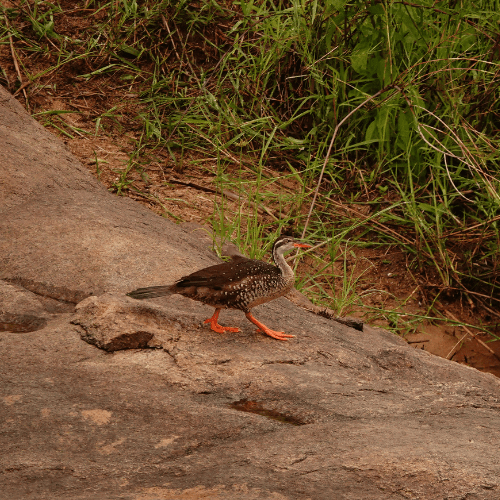
African Finfoot
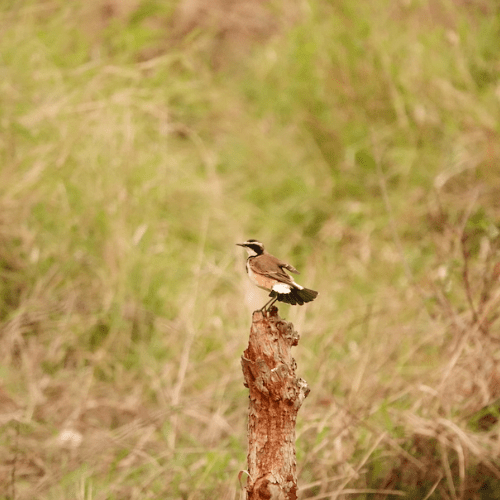
Capped Wheatear
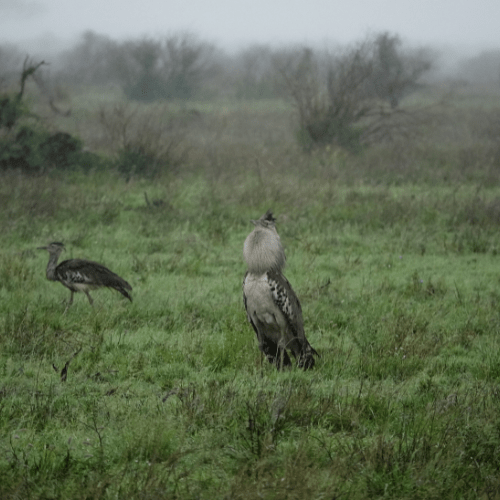
Kori Bustard


